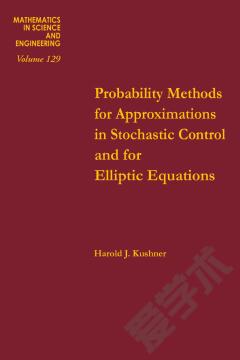Population Dynamics: Algebraic And Probabilistic Approach —— Algebraic And Probabilistic Approach
----- 人口动力学:代数与概率方法
A population is a summation of all the organisms of the same group or species, which live in a particular geographical area, and have the capability of interbreeding. The main mathematical problem for a given population is to carefully examine the evolution (time dependent dynamics) of the population. The mathematical methods used in the study of this problem are based on probability theory, stochastic processes, dynamical systems, nonlinear differential and difference equations, and (non-)associative algebras.A state of a population is a distribution of probabilities of the different types of organisms in every generation. Type partition is called differentiation (for example, sex differentiation which defines a bisexual population). This book systematically describes the recently developed theory of (bisexual) population, and mainly contains results obtained since 2010.The book presents algebraic and probabilistic approaches in the theory of population dynamics. It also includes several dynamical systems of biological models such as dynamics generated by Markov processes of cubic stochastic matrices; dynamics of sex-linked population; dynamical systems generated by a gonosomal evolution operator; dynamical system and an evolution algebra of mosquito population; and ocean ecosystems.The main aim of this book is to facilitate the reader's in-depth understanding by giving a systematic review of the theory of population dynamics which has wide applications in biology, mathematics, medicine, and physics.
{{comment.content}}








 京公网安备 11010802027623号
京公网安备 11010802027623号